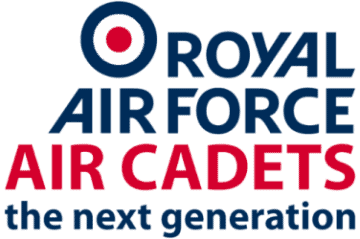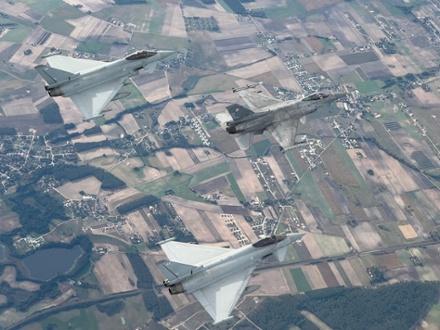XI(Fighter) Squadron returned to Malaysia as part of a tri-service deployment for a major multinational exercise, 78 years after the Squadron’s first visit to the country in 1945.
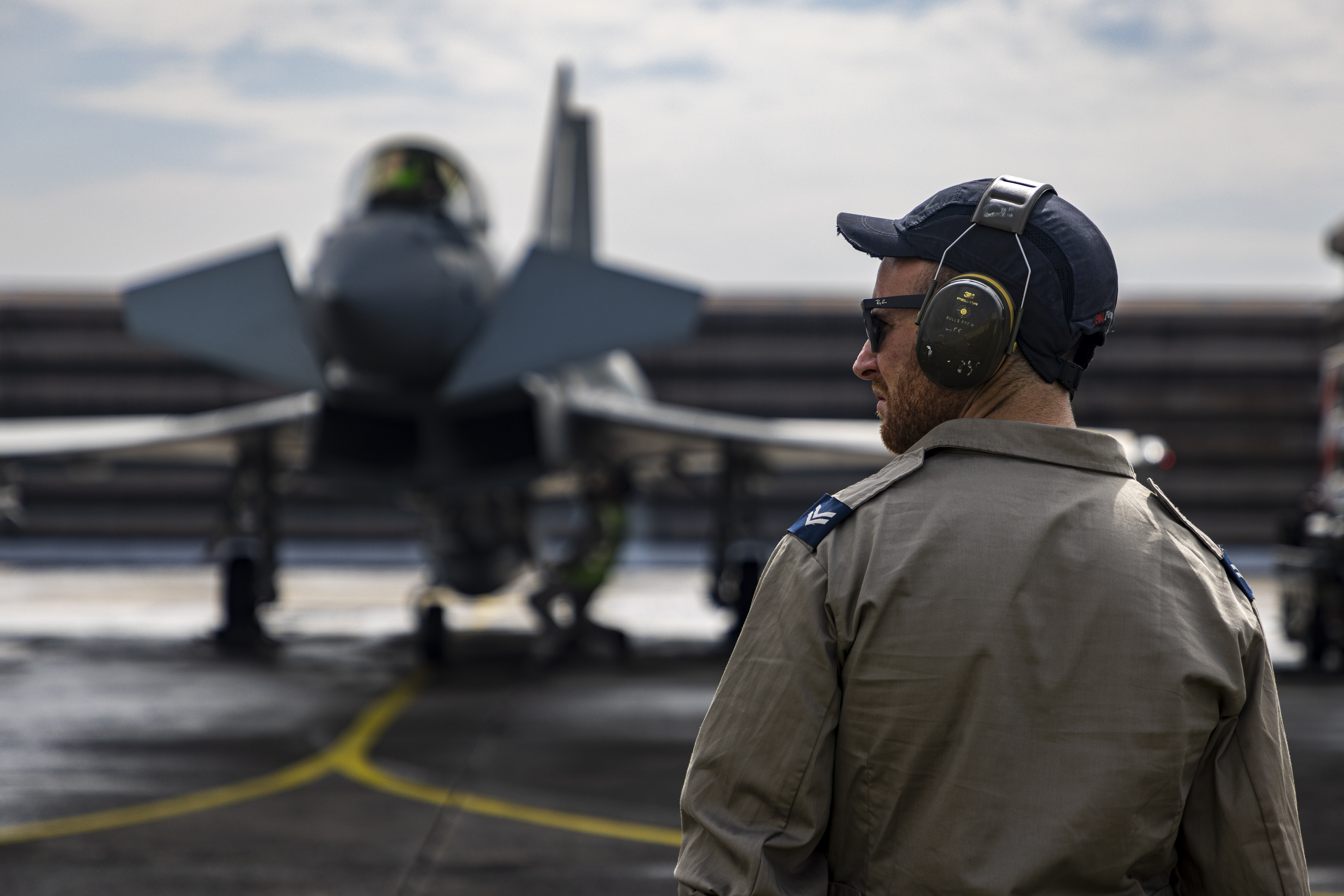
The Squadron first deployed to the Malay Peninsula in September 1945, immediately after World War II. Their Spitfire aircraft were transported to Malaysia from Sri Lanka onboard HMS Trumpeter.
Although the Squadron now flies a far more technologically advanced aircraft, their objective for this deployment remains similar; to develop international partnerships and help maintain security in the region.
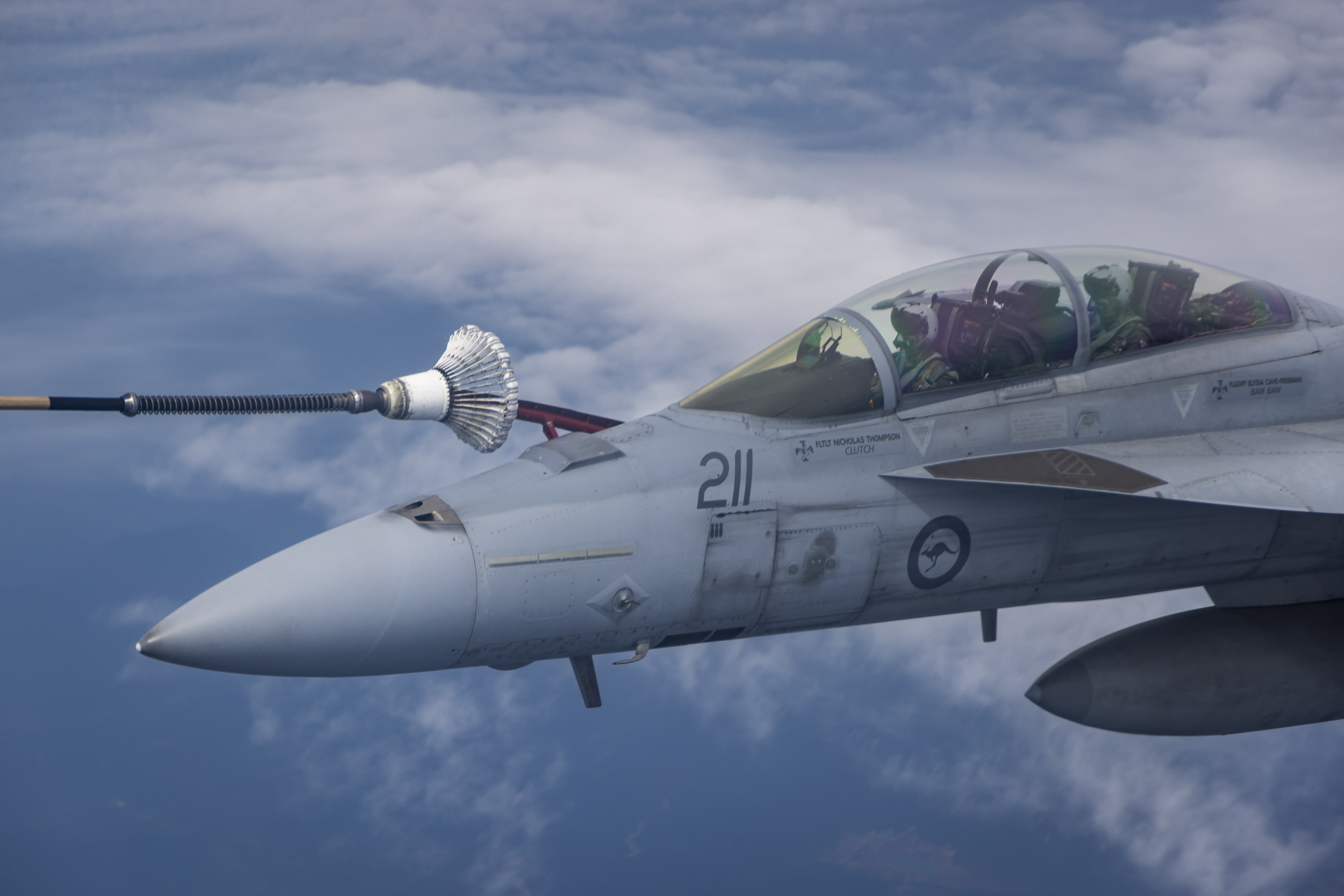
The Squadron’s Typhoons flew nearly 7000 miles from the UK to Malaysia for the 3-week exercise with support from a Voyager aircraft which provided air-to-air refuelling and transported the support team. The four Typhoons were based at Royal Malaysian Air Force Base Butterworth, alongside Royal Australian Air Force F/A-18s and a C-27, whilst the Voyager was based in Singapore.
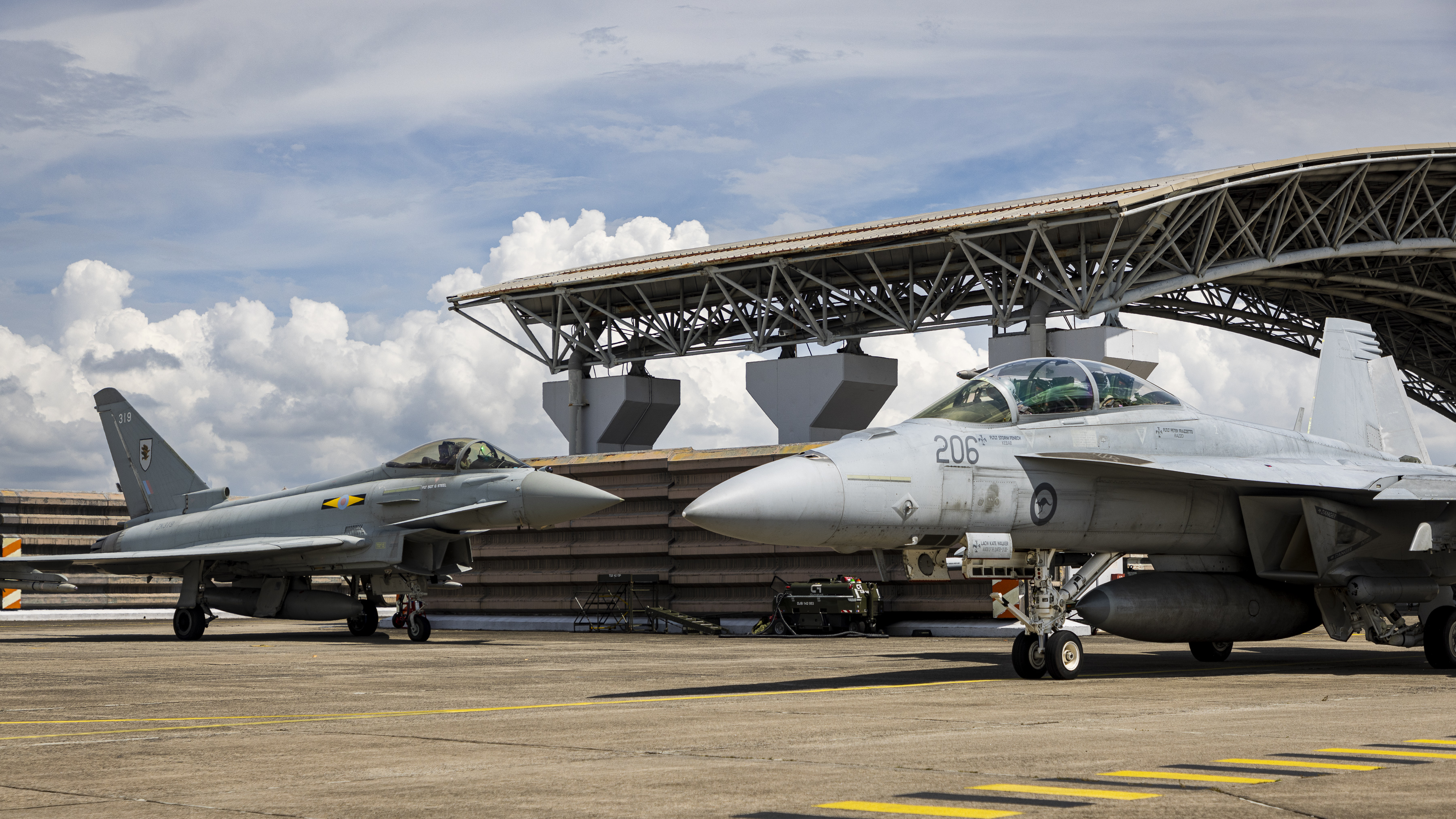
The aircraft are working together in an air defence scenario with partners from Malaysia, Singapore, Australia and New Zealand. These nations form the Five Powers Defence Arrangements (FPDA), which is a consultative military agreement to help maintain security in the region.
“The UK support to this exercise demonstrates our commitment to the Five Powers Defence Arrangements, which is an important defensive military arrangement aimed at maintaining security in Southeast Asia. All UK elements have successfully integrated with our Malaysian, Singaporean, Australian and New Zealander colleagues to ensure the exercise has been a great success.”
Wing Commander Robertson
RAF Detachment Commander
As part of the exercise scenario, the Typhoons conducted a broad range of training missions, including air combat training against dissimilar aircraft such as F/A-18 Super Hornets and Russian designed SU30 MKM Flankers. This was a rare opportunity to train with these aircraft, and the Typhoons utilised their advanced suite of capabilities well, against a simulated peer threat.
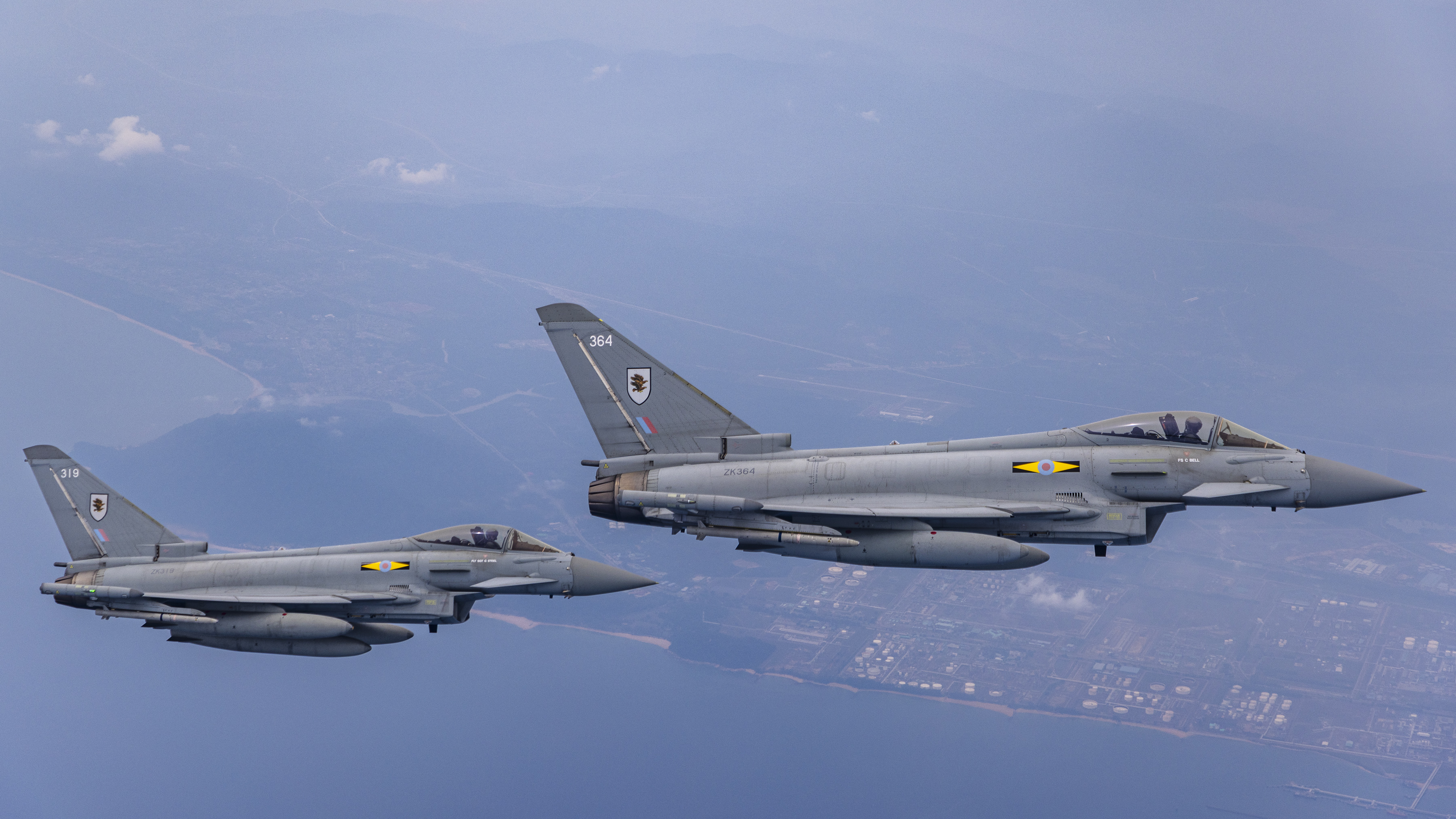
The exercise was coordinated by the multinational Joint Force Headquarters in Kuantan, which included a team of UK personnel who used their experience to help the exercise run smoothly and coordinate all the UK elements across Malaysia and Singapore.
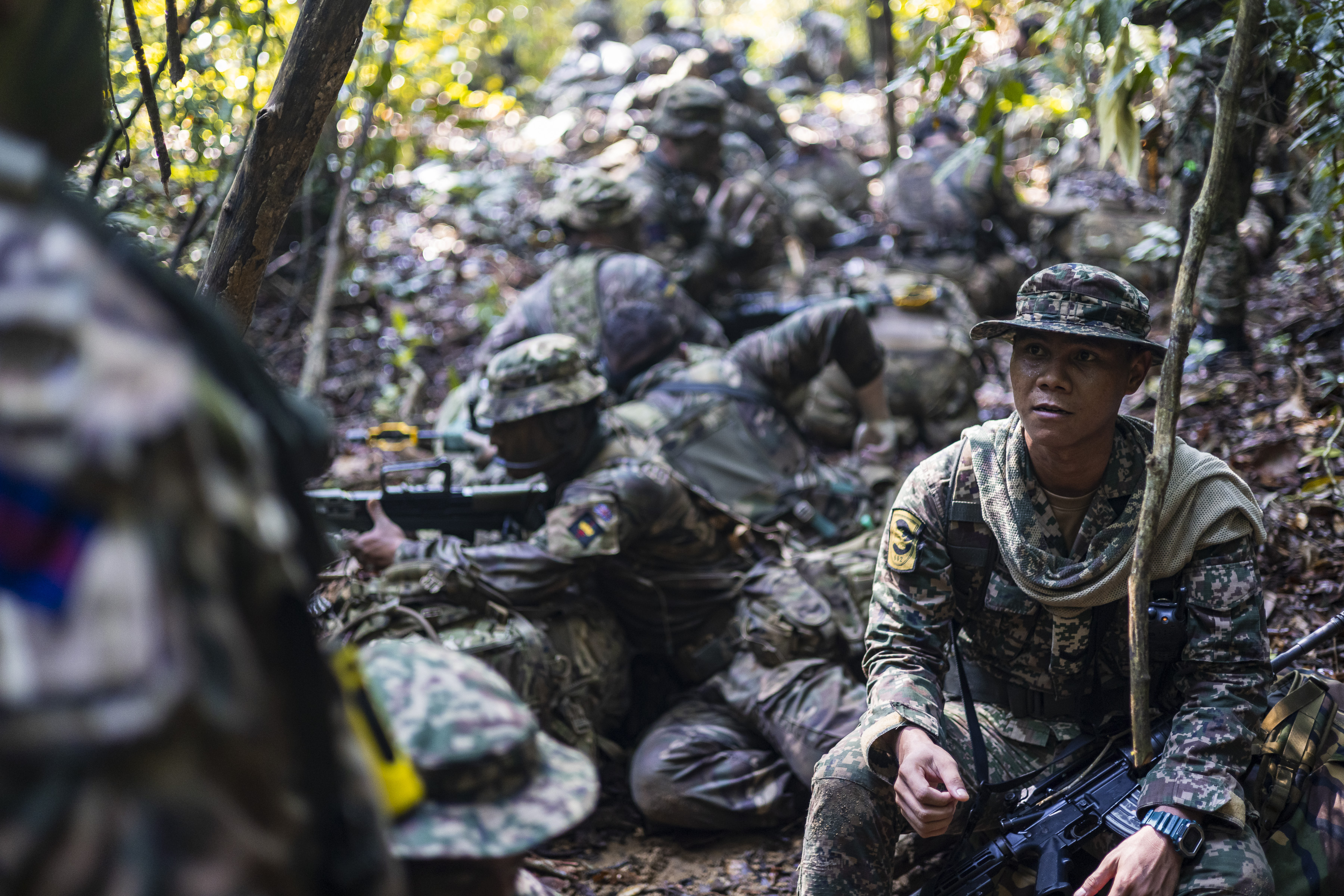
A platoon from the Coldstream Guards supported the land element of the exercise. They conducted a week of training with the Malaysian Army where they developed their jungle warfare skills including practical demonstrations of the threat posed by venomous snakes. They then formed a joint infantry company with Malaysian, Singaporean, Australian and New Zealander units to conduct a series of missions in the dense Malaysian jungle.
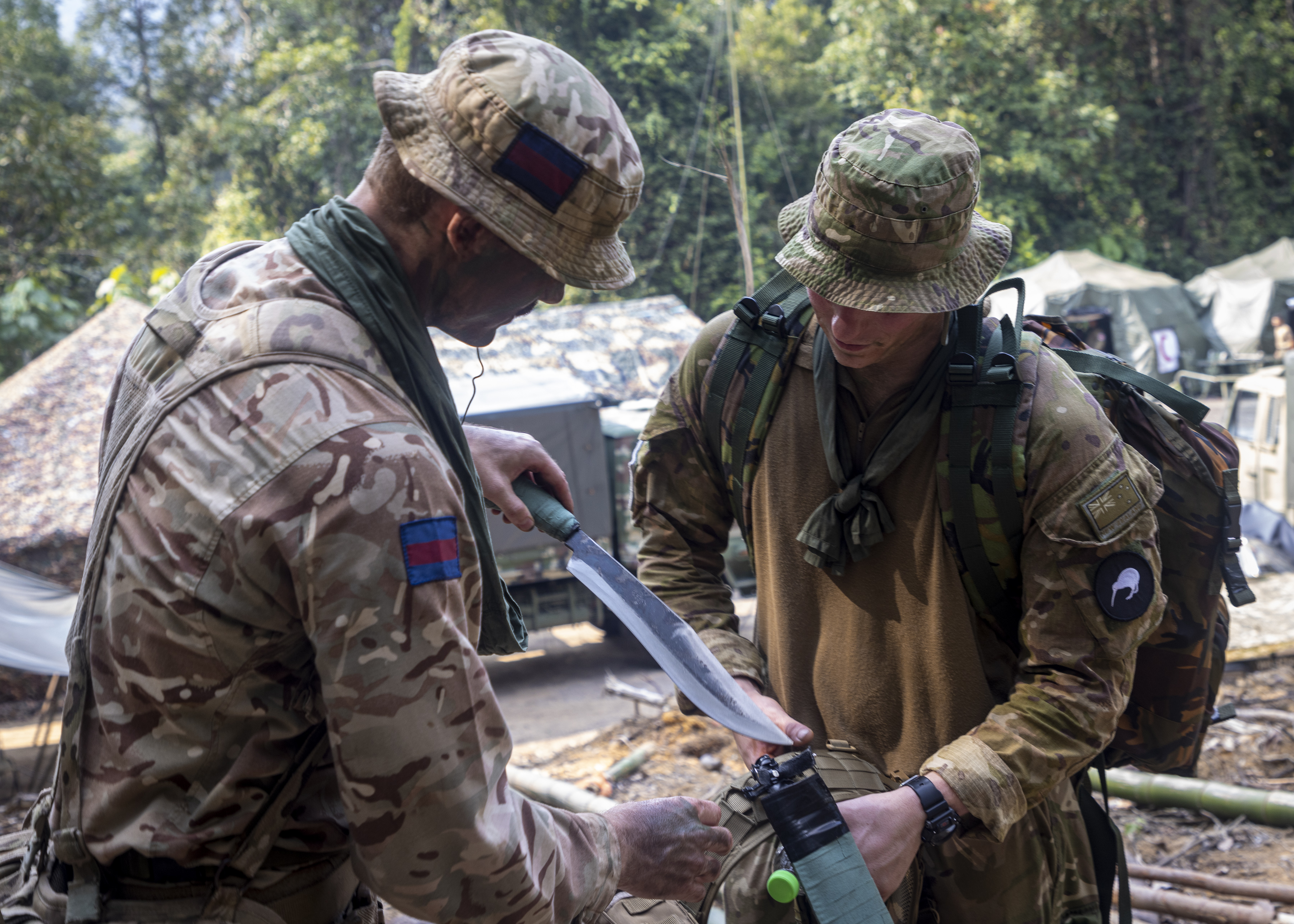
A team of Royal Marines and Royal Navy personnel from 148 (Meiktila) Commando Forward Observation Battery deployed on the exercise to conduct boat insertion training and direct naval gunfire support alongside Australian and Malaysian forces. Their boats were launched from HMNZS Aotearoa and transited to the Malaysian island of Pulau Aur to conduct a tactical beach landing.
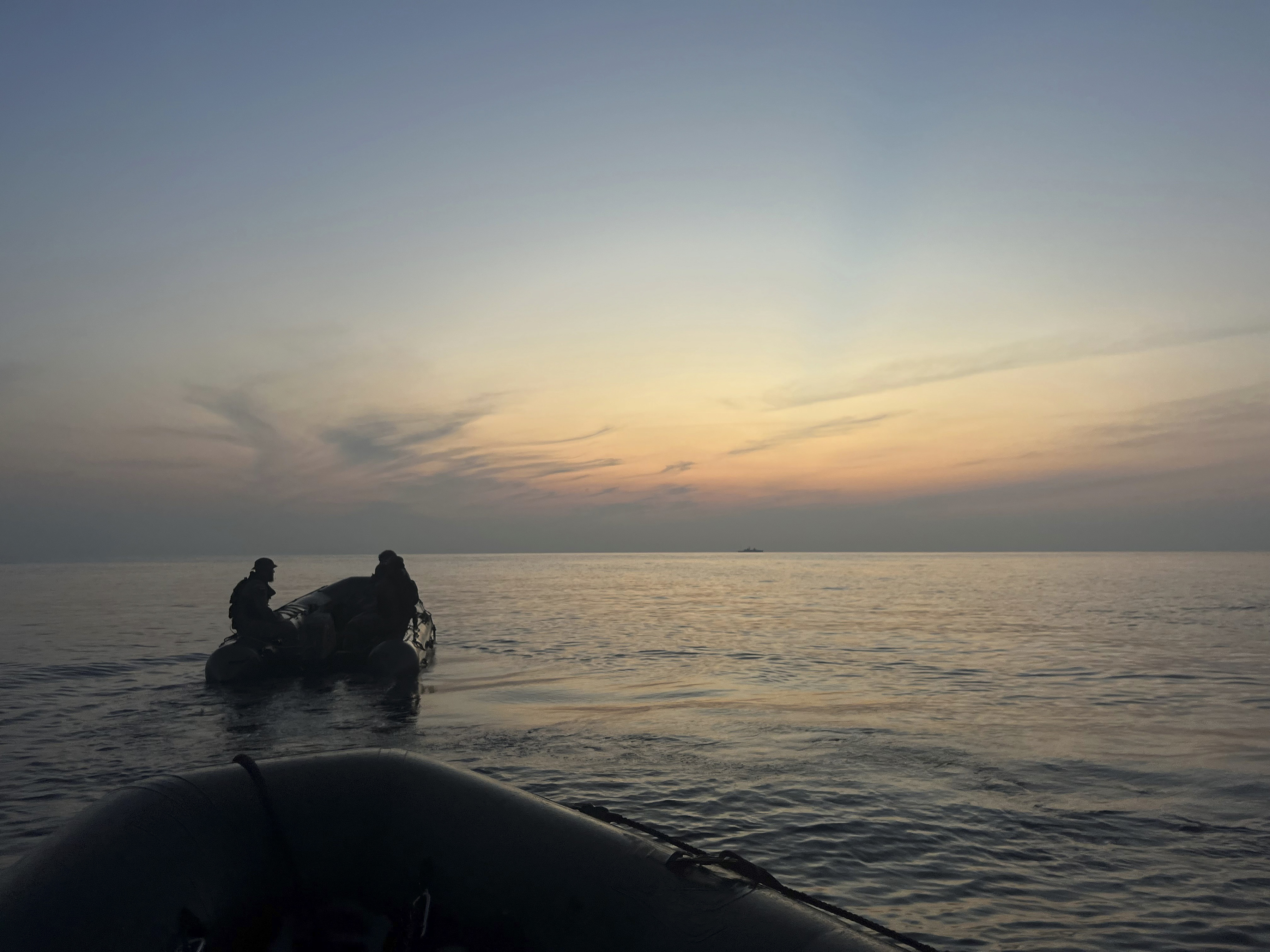
They established an observation post and at sunrise, coordinated naval gunfire support from 5 different ships. They also conducted a variety of boat transfer training, man overboard drills, beach landings and night time manoeuvres alongside partner forces.
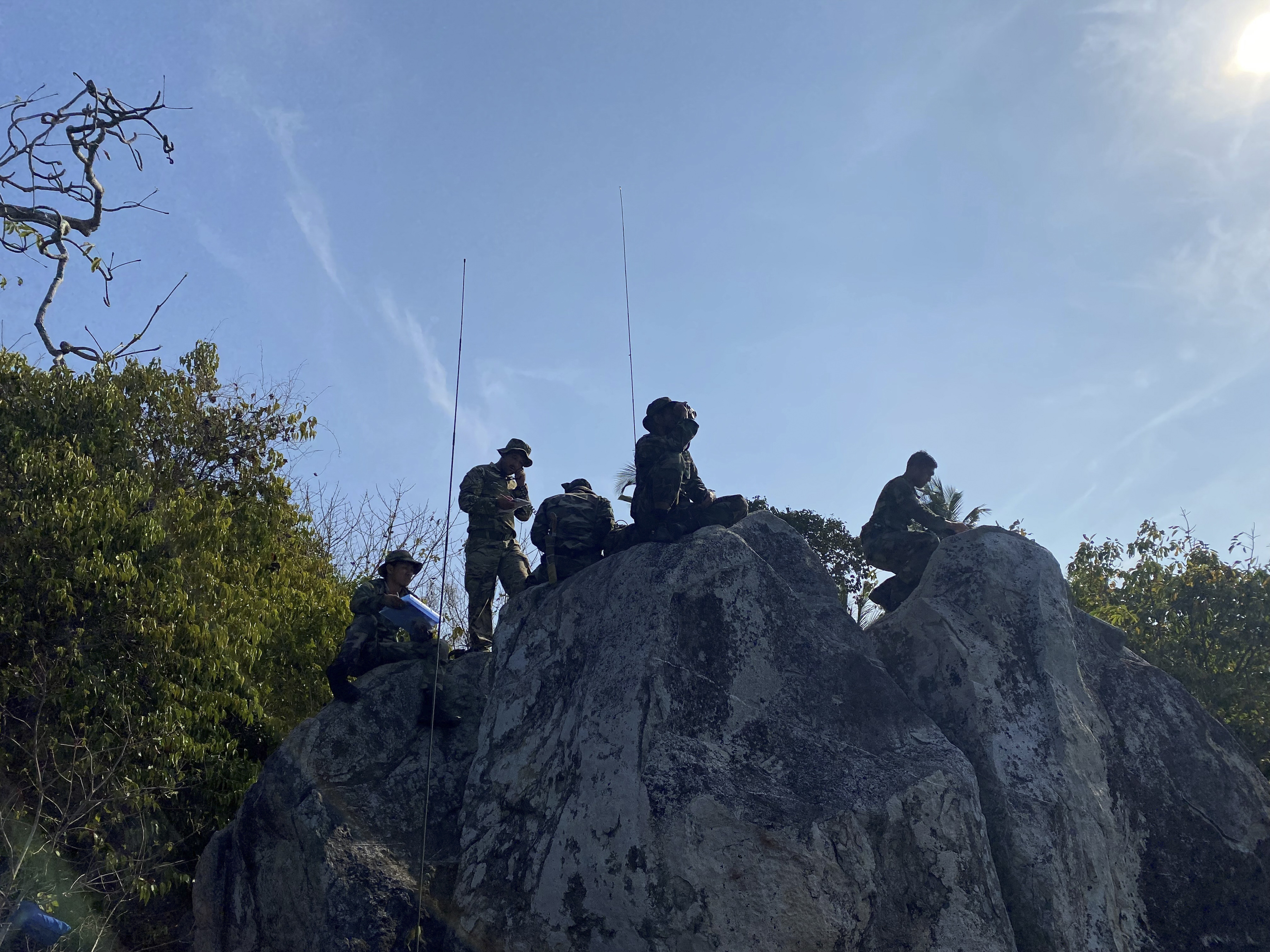
Operating fighter jets in extreme heat and humidity so far from their home base, presented challenges for the equipment and personnel, particularly those who worked outside for long periods. Furthermore, careful military planning and a slick logistics chain are essential to ensure spare parts are available to maintain the equipment.
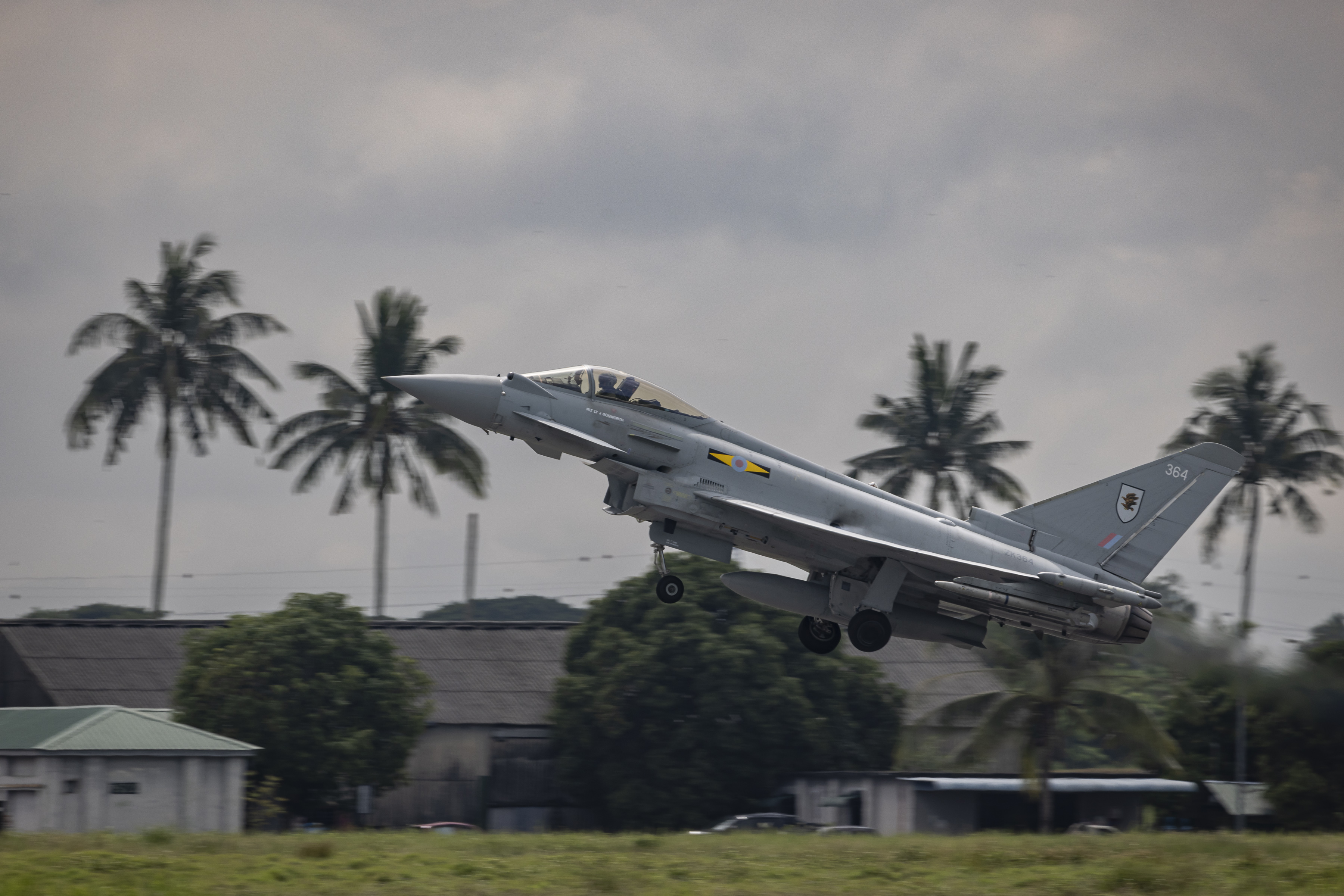
Whilst RAF pilots are used to flying in the poor weather experienced in UK winters, the tropical weather conditions in Southeast Asia present different challenges. Towering thunder clouds, unpredictable monsoons, and very hazy conditions provide a new operating challenge and valuable training.

